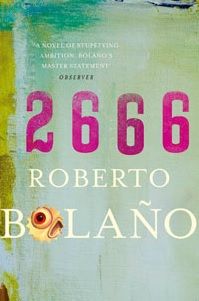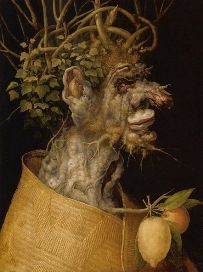In the fictional city of Santa Teresa in the real-life Mexican state of Sonora, women are being murdered. A man is convicted of the crimes and imprisoned. Women are still being murdered.
This is at the centre of Roberto Bolaño’s epic story-cycle, but to concentrate on it would be to miss what the late Chilean novelist’s editor Ignacio Echevarría calls, in his note to the first edition of the posthumously-published novel, its "hidden centre".I believe an indication as to where that centre lies is furnished by Bolaño’s solicitude for those who slide off the page of history, for example the murdered women who work in Santa Teresa’s factories, who one blogger suggests are based on the real-life murdered women of Ciudad Juárez. On the way through the mammoth work we also meet a Harlem preacher extolling the salvific virtues of duck à l’orange and Voltaire, an Aryan maiden who rejects her father’s Nazi propaganda, and a Mexican policeman who rejects the macho venality of his colleagues and falls in love with the methodology of detection (called Lalo Cura; la locura is Spanish for madness).
I hope I’ve given you an inkling of how wide-ranging 2666 is, although I’ve hardly scratched the surface. Bolaño treats space and time as rules made to be broken, and fact and fiction as relational opposites whose conjunction provides yet richer seams for him to mine. And one common seam is Benno Archimboldo, whom the author connects more than once with Giuseppe Arcimboldo, the artist who painted The Four Seasons (Winter - left) and The Four Elements. Archimboldo, I think, will join the pantheon of famous literary obscures beside such as John Galt and Ishmael.I spent a long time reading 2666. Closing it for the last time felt like waving farewell to a friend. I thoroughly recommend it.
Gerry Dorrian
300 words


No comments:
Post a Comment